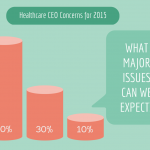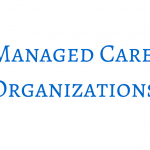
Five Concerns for Hospital CEOs in 2015
As 2015 approaches, many C-suite executives are bracing themselves for changes in the coming year. And as healthcare continues to rapidly evolve, addressing these five major concerns will help healthcare systems large and small anticipate any curveballs that come their way.








